Gold cyanidation YouTube
Jun 22, 2019· Gold,cyanidation Gold,cyanidation,also,known,as,the,cyanide,process,or,the,MacArthurDingus,process,is,a,metallurgical,technique,for,extracting,gold,from,lowgrade ...
 WhatsApp)
WhatsApp)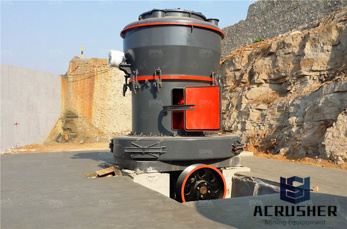
Jun 22, 2019· Gold,cyanidation Gold,cyanidation,also,known,as,the,cyanide,process,or,the,MacArthurDingus,process,is,a,metallurgical,technique,for,extracting,gold,from,lowgrade ...

The gold cyanide complex is then extracted from the pulp or slurry by adsorption onto activated carbon. CIL stands for carboninleach. This is a gold extraction process called cyanidation where carbon is added to the leach tanks (or reaction vessel) so that leaching and adsorption take place in .

The oxidation of cyanide, either by natural processes or from the treatment of effluents containing cyanide, can produce cyanate, OCN. Cyanate is less toxic than HCN, and readily hydrolyzes to ammonia and carbon dioxide. Cyanidation. The process of extracting gold from ore with cyanide is called cyanidation.

Recovery of Gold and Silver and Removal of Copper, Zinc and Lead Ions in Pregnant and Barren Cyanide Solutions. Gabriela Figueroa 1*, Jesus L. Valenzuela 1, Jose R. Parga 2, Victor Vazquez 1, Alejandro Valenzuela 1
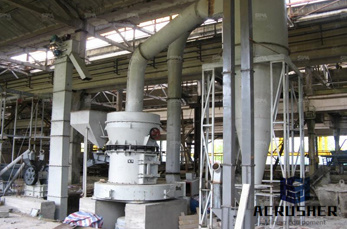
The hydrometallurgical extraction of gold from ores, concentrates, and tailings in a cost effective and environmentally safe manner offers an interesting challenge. Conventional gold mining operations rely heavily on cyanide leaching as the predom...
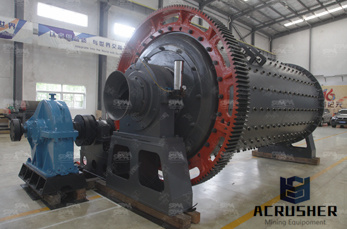
Cyanide is manufactured and distributed for use in the gold and silver mining industries in a variety of physical and chemical forms, including solid briquettes, flake cyanide and liquid cyanide. Sodium cyanide is supplied as either briquettes or liquid, while calcium cyanide is supplied in .

Nov 03, 2009· Before the gold is plated out or zinc''d out (see my procedure above), you would have to dissolve it in either a sodium cyanide or potassium cyanide solution. In both plating and zincing, you should use a little extra cyanide, maybe about 15 g/l extra, beyond what it takes to dissolve the AuCN.

Mar 09, 2011· When should you use galvanized steel or zinc plated steel? Both add a layer of zinc to the outside of the product. Zinc plating looks shiny and pretty, galvanized looks dull. But don''t be a magpie and just pick up the shiny object – think about the use. Both methods add a protective layer of zinc to the steel.
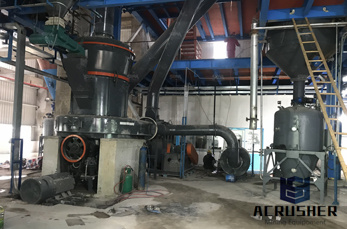
Eventually, the sodium gold cyanide is treated with zinc or carbon, which causes the gold to detach from the sodium cyanide. The cyanide used can be recycled or destroyed.

The gold is recovered from this solution by electrowinning, zinc precipitation or refining technology such as the Mintek Minataur process. The eluted carbon may still contain various organic 48 2 4 4Au NaCN O H O NaAu CN NaOH+++ → + 22 2 The process design of gold leaching and carboninpulp circuits
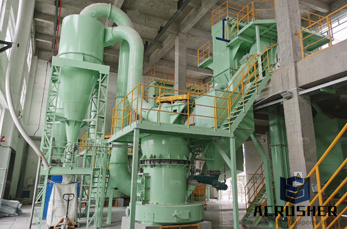
Cyanidation is the primary means of recovery of fine gold and silver. In this process, solutions of sodium or potassium cyanide are brought into contact with an ore, which may or may not have required extensive preparation prior to leaching. Gold and silver are dissolved by cyanide in solutions of high pH in the presence of oxygen. There are three

In the recovery stage, the gold cyanide complex ion (Au(CN) − 2) in the cyanidation solution is recovered by different procedure, solvent extraction, zinc cementation, precipitation, ionexchange and adsorption onto activated carbon,,, . In the gold hydrometallurgy industry, gold is extracted from cyanide leaching solution by ...

The gold cyanidation process is the most important method ever developed for extracting gold from its ores. The reasons the widespread acceptance of cyanidation are economic as well as metallurgical. It usually obtains a higher recovery of gold than plate amalgamation and is easier to operate than the chlorine or bromine process.

zinc. The adsorption of gold from cyanide solution makes use of the natural affinity of gold for carbon. During adsorption the entire gold cyanide complex becomes attached to the carbon. The gold attached to the carbon is then desorbed by a cyanide solution from which it can be recovered by electrolysis. The desorbed or "stripped" carbon can be

The Merrill–Crowe Process is a separation technique for removing gold from the solution obtained by the cyanide leaching of gold ores. It is an improvement of the MacArthurForrest process, where an additional vacuum is managed to remove air in the solution (invention of Crowe), and zinc dust is used instead of zinc shavings (improvement of ...

Effect of impurities on MerrillCrowe zinc precipitation process Davidson et al. (1979) stated that many of the more common constituents of goldcyanidation CE solutions, such as sodium sulphide, cyanide complexes of copper, arsenic and antimony, significantly decrease the cementation recovery of gold when they are present in AC concentrations ...

This ensures that the cyanide ion is not converted to hydrogen cyanide ion/hydrogen cyanide equilibrium. If heap leaching is not used then this process occurs in leaching tanks. Now the slurry is now treated with either activated. carbon or zinc to extract the gold. Cementation involves using a zinc electrode in carbon paste which is immersed ...

Studies were conducted to evaluate the Merrill–Crowe cementation method for the simultaneous extraction of platinum, palladium and gold associated with copper and nickel from cyanide solutions, particularly high temperature eluates from carbon adsorption and desorption process.
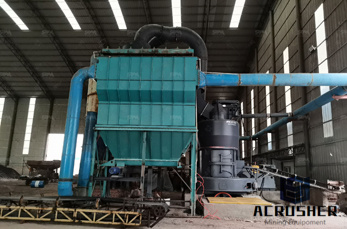
Gold cyanide is adsorbed into the pores of activated carbon, resulting in a process solution that is devoid of gold. The loaded carbon is heated by a strong solution of hot caustic and cyanide to reverse the adsorption process and strip the carbon of gold. Gold is .

The carboninpulp option involves introducing activated carbon into the leached pulp, which attracts and absorbs gold particles, much like a sponge to water. GoldBearing Carbon. Because the goldbearing carbon is much larger than the rest of the pulp matter, it can be easily parsed out by screening the substance through a wire mesh.

Oct 20, 2014· Leaching gold with a cyanide solution remains the most widely used hydrometallurgical process for the extraction of gold from ores and concentrates. Despite the difficulties and hazards of working with cyanide, no other process has yet been proven to be an economic viable alternative.

dissociates at low cyanide concentrations for use in gold leaching. ... of the two processes governed the distribution of gold between the ore and the carbon. Gold was found to reduce at the chalcopyrite surface and a mechanism for this ... Effect of zinc cyanide species on gold leaching Other metalcyanide complexes

Processing Heap Leachable Gold Ore by Cyanidation Oxide ore (low grades) will be unloaded on the heap leach PAD. Lime must be added during the discharge in order to control pH. Harvesting must be performed after the ore discharge is completed in order to avoid compaction caused by the trucks during the leach cell construction. After the leach cell is harvested, the irrigation system shall be ...

What is the Effect of Aeration on Gold and Silver Leaching. Another of the prime requisites of successful cyanidation is free oxygen. Pure oxygen is too expensive to use, instead atmospheric air is the customary source of the required oxygen gas. Some interesting experiments have been conducted using Ozone but the practice has not been adopted commercially on account of the cost in the gold ...
 WhatsApp)
WhatsApp)